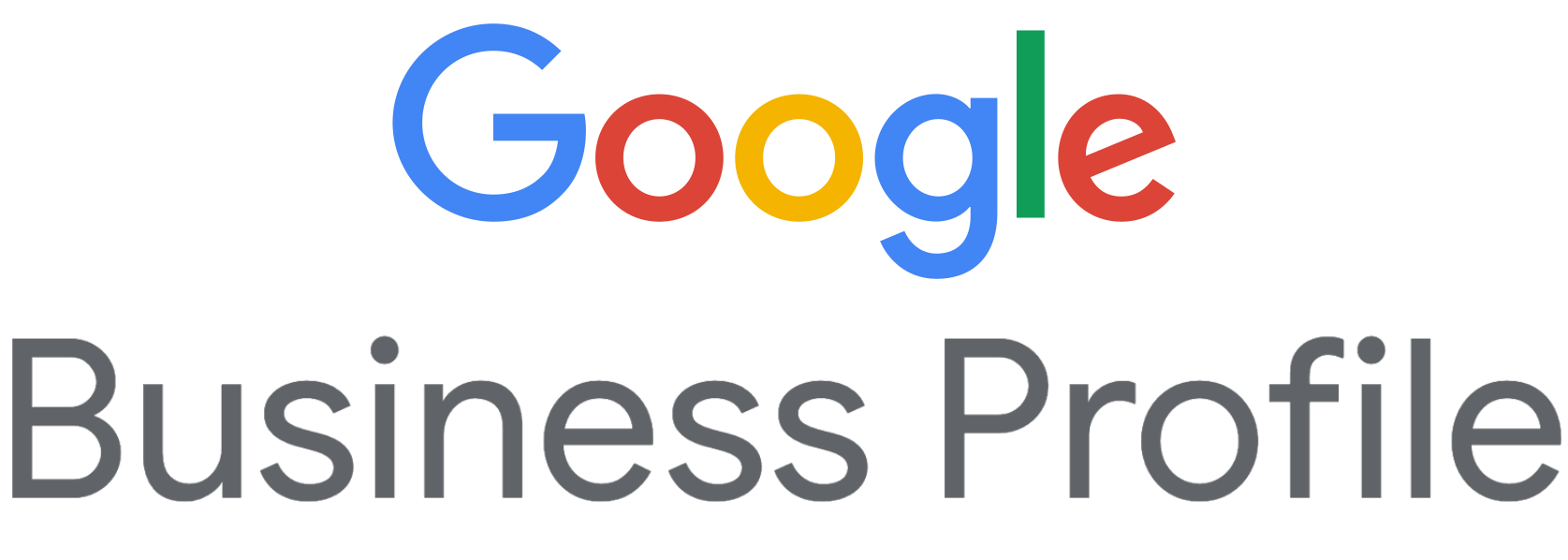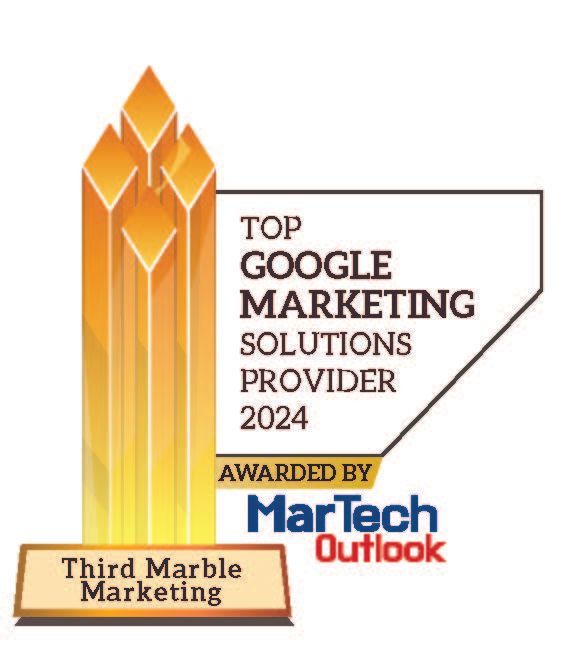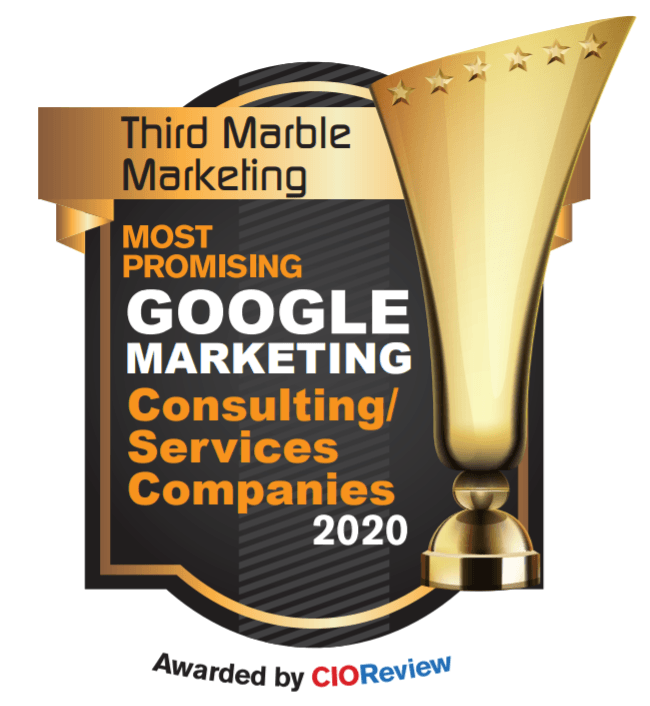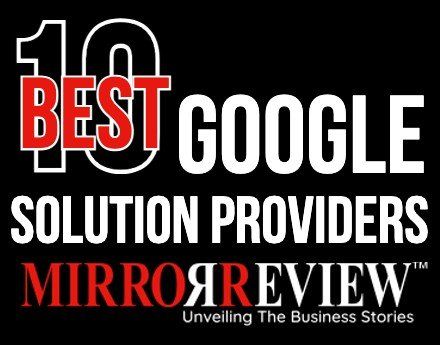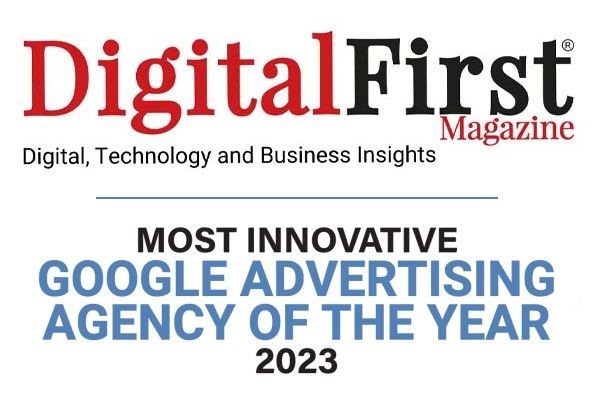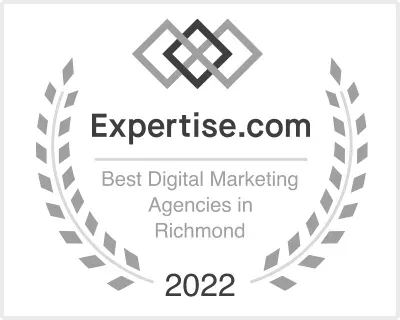Marketing During COVID-19
Marketing Projects & Opportunities During COVID-19

To help our clients and potentially other small to medium businesses, we’ve compiled a list of helpful resources for support and tasks to push through the drop in business and prepare for when this is over.
While you may be experiencing a decrease in business this is the time to stay the course and tackle all of those potentially impactful marketing tasks you’ve had on your back burner. People are still searching for products and services, there may not be as many searches but they are searching. It’s also time to start preparing your marketing strategy for when this is over.
MARKETING PROJECTS
Free- only costs your time
$- small investment
$$- medium investment
$$$- larger investment

Google Ad Credits for Small To Medium Businesses – Free
- Small to medium businesses who have been active advertisers since the beginning of 2019 will see a credit notification appear in their Google Ads account in the coming months.
- Start planning for your Google Ads marketing goals and how you can improve upon your previous success.
- https://support.google.com/google-ads/answer/9803410?hl=en
- Call Third Marble or visit our website to see how we can help with managing your Google Ads and improving your results.
Google My Business (GMB) – Free
- Keep your hours or alternative ways to do business with you up to date and correct.
- Google isn’t allowing access to reply to reviews but, calling past clients and letting them know by leaving a positive review will help your business survive in the future. Google might post them later and you’ll have reviews ready to roll!
- Stay active by adding images and posts about your business.
- Your customers are still looking for information on your business during this time. Be sure to keep them updated on how they can help support your business during this time.


Website – $-$$$
- Move your website to a faster platform to improve your page download speeds ( TEST YOUR WEB PAGE SPEED HERE – mobile page 50 or higher)
- Add more content about your services or products – you have the time, improve your websites ability to convert by providing quality content about your services/products.
- Update your website to include strong, internet friendly calls to action (“Call Now,” “Get A Quote Now”) or change your call to action if you have changed the way you do business. ( “Call for carry Out Orders,” “Purchase A Gift Certificate,” “Click For Discounted Service/Products”)
- Update your website. Outdated websites will need to be updated to compete on the internet for the future – even some services that previously required very little internet presence.
- Opportune time to – Updating with fresh content. Optimizing with new CTAs and keywords. Adding internal links to new products/services pages. Re-promoting when business picks up again.
- Need help with updating your website? Call Third Marble and we can help you find the web developer that’s right for your project!
SEO – Organic Placement Through Search Engine Optimization – $-$$
- Invest in SEO now to grab market share when things stabilize and folks start looking for your services or products.
- When Google knows someone is searching with “local intent”, ie. they are most likely looking for a local business, Google looks at your “Local SEO Signals”. An SEO signal is simply something that Google can find online about your business or website, measure it and use it in their algorithm.
- Call Third Marble or visit our website to see how we can help you with your Local or National SEO efforts – https://thirdmarblemarketing.com/search-engine-optimization-richmond-va/

Marketing Ideas & Tools
Update on how your processes are changing to still provide services or products via social media, Google My Business, and your website. Folks are still searching and they are researching how to support their favorite local businesses during this time. Make sure you are providing updated information and communicating with your customers.


Online Gift Certificates
Set up a process to sell gift certificates for future services to your loyal clients. This is particularly beneficial for beauty salons, massage services, barbers, personal trainers, and other businesses that people will be eager to visit when this is over.
Pre-Order Discounts
Offer discounts for pre-ordering/pre-booking and paying in advance for services. This helps keep cash flow coming into the business and ensuring your employees have work lined up for when things return to the new normal. This is particularly beneficial for power washers, lawn care services, and other home improvement work.


Get Creative With Digital Products & Delivery
Now that many folks are spending more time at home, is there an opportunity for you to provide your services digitally? For example:
- If you’re a dog kennel or trainer can you provide dog training services by video chat?
- If you’re a personal trainer or gym can you coach at home workouts by video chat or upload video works outs via a platform only your clients can access?
- If you’re a private practice doctor you can use Telehealth, a HIPAA Compliant to meet with your patients virtually and safely. ( https://business.amwell.com/ , https://teladochealth.com/ , https://www.mdlive.com/ )
Think about how you can get creative with delivering your products to your clients safely. If it’s shipping them their products via the mail or a contact free and sanitized personal delivery to their doorstep, your clients will remember the lengths you went to get them the products they love.
We Hope This Helps!
Our mission as a company continues to be a support service for local businesses and economies. We have created additional options to help our clients bounce back as quickly as possible when things settle. When things do settle, you’ll want to get ahead of your competitors to grab market share by coming back with an aggressive marketing budget. For now, the clicks are significantly cheaper because there is less competition in Google Ads. People are still searching for services and you can win those clicks potentially at a significant discount. We are here for your company and ready to support you in any way we can. Call Third Marble and our team will work to get you more market share now and when all this is over. Stay safe and healthy!
VISIT OUR WEBSITE TO SEE HOW THIRD MARBLE CAN HELP YOUR BUSINESS TODAY
The post Marketing During COVID-19 appeared first on Third Marble Marketing.





